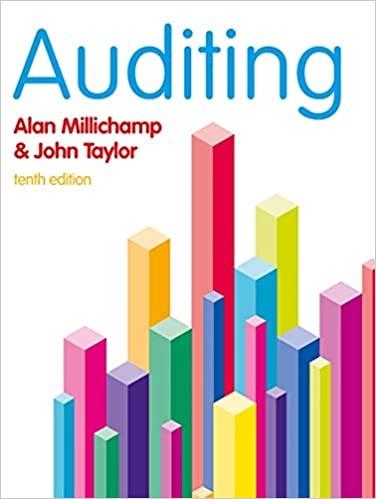The inventory data for an item for March is: Mar. 1 Inventory 5 Sold 12 Purchased 21 Sold 31 Purchased 35 units at $22 12 units 45 units at $23 27 units 20 units at $25 9. Using the above information, and assuming a perpetual LIFO system, calculate the company's cost of goods sold and ending inventory amounts respectively for the month ended March 31. Cost of Goods Sold S: Ending Inventory $: 10. Using the above information (see prior page), and assuming a perpetual FIFO system, calculate the company's cost of goods sold and ending inventory amounts respectively for the month ended March 31. Cost of Goods Sold S: Ending Inventory S: 11. Using the above information (see prior page), and assuming a perpetual average costing system, calculate the company's cost of goods sold and ending inventory amounts respectively for the month ended March 31. (NOTE: round the average UNIT COST to two decimal places and FINAL ANSWERS to the nearest dollar) Cost of Goods Sold $: Ending Inventory S: The following units of an inventory item were available for sale during the year. Use this information to answer the following questions. Beginning inventory 15 units at $62 First purchase 30 units at $67 Second purchase 43 units at $72 Third purchase 24 units at $77 The firm uses the periodic inventory system. During the year, 83 units of the item were sold. 12. Using the above information, and assuming a periodic FIFO system, calculate the company's cost of goods sold and ending inventory amounts respectively. Cost of Goods Sold S: Ending Inventory $: 13. Using the above information, and assuming a periodic LIFO system, calculate the company's cost of goods sold and ending inventory amounts respectively. Cost of Goods Sold $: Ending Inventory $: 14. Using the above information, and assuming a periodic AVERAGE cost system, calculate the company's cost of goods sold and ending inventory amounts respectively. (NOTE: round average UNIT COST to two decimal places and FINAL ANSWERS to the nearest dollar) Cost of Goods Sold $: Ending Inventory $









